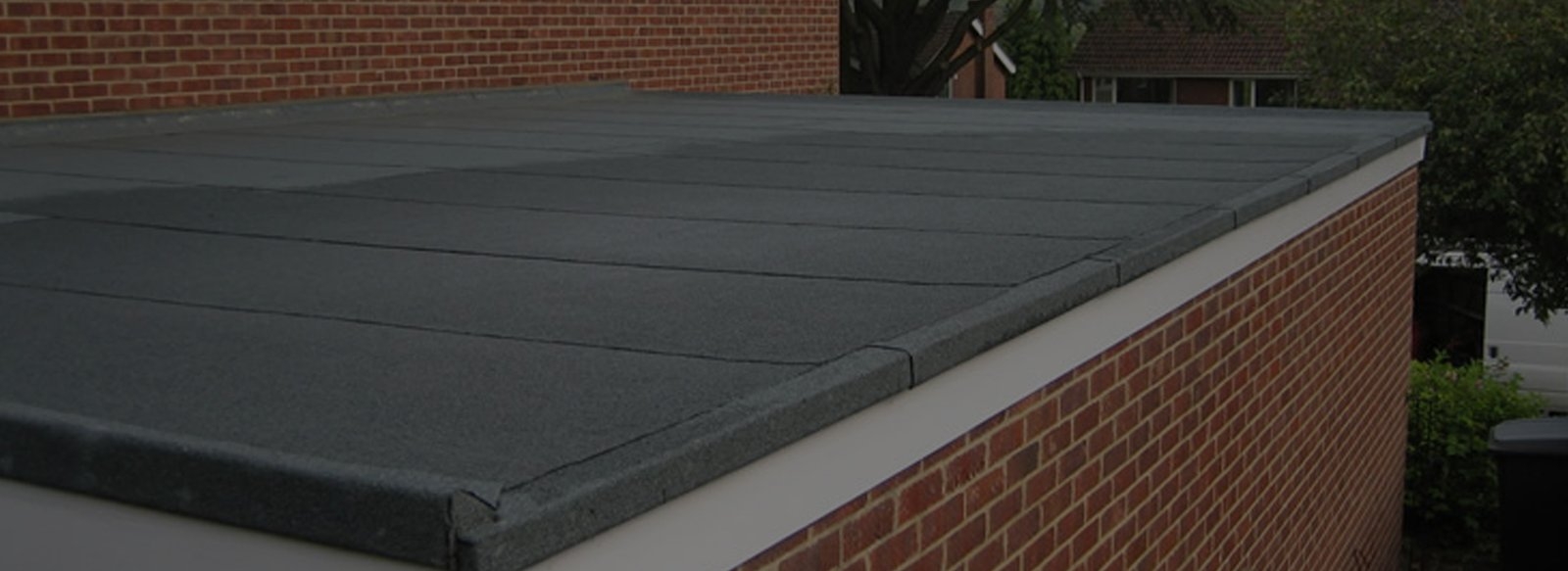Flat Roof Restoration: A Complete Guide

Understanding Flat Roof Restoration
Flat roofs are a popular choice for commercial and residential buildings due to their modern appearance and cost-effective installation. However, over time, exposure to harsh weather conditions can cause damage. Flat roof restoration is a practical solution to enhance durability and extend the lifespan of your roof without a full replacement.
Signs Your Flat Roof Needs Restoration
Several indicators suggest it's time for flat roof restoration. If you notice leaks, pooling water, blistering, or visible cracks, your roof may require immediate attention. Ignoring these signs can lead to severe structural damage, increasing repair costs. Regular inspections help detect issues early, preventing major deterioration.
Benefits of Flat Roof Restoration
Choosing flat roof restoration over replacement offers multiple advantages. It is a cost-effective option that eliminates the need for extensive construction. Restoring your roof also enhances energy efficiency by improving insulation and reflecting sunlight, which helps in temperature regulation. Moreover, restoration strengthens the roof’s structure, preventing leaks and further damage.
Flat Roof Restoration Process
Restoring a flat roof involves several crucial steps to ensure durability and protection. The process begins with a thorough inspection to assess the roof's condition. Any damaged or weak areas are repaired before applying a protective coating. This coating acts as a barrier against moisture, UV rays, and extreme weather conditions. Professionals use high-quality materials to reinforce the roof and extend its lifespan.
Cleaning and Preparation
The first step in flat roof restoration is cleaning the surface. Debris, dirt, and algae must be removed to ensure proper adhesion of restoration materials. A clean surface allows sealants and coatings to bond effectively, ensuring long-lasting protection.
Repairing Damaged Sections
Before applying protective layers, any cracks, holes, or weak sections are repaired. This step is crucial as it prevents further damage and strengthens the overall structure of the roof. Professionals use durable materials that seamlessly blend with the existing roof.
Applying a Protective Coating
Once repairs are complete, a high-quality protective coating is applied. These coatings come in various types, including silicone, acrylic, and polyurethane, each offering unique benefits. This layer seals the roof, preventing water infiltration and enhancing UV resistance.
Final Inspection and Maintenance
After the restoration process, a final inspection ensures all areas are sealed correctly. Regular maintenance, including routine inspections and cleaning, helps maintain the roof’s integrity and prolongs its lifespan.
Common Materials Used in Flat Roof Restoration
Different materials are available for flat roof restoration, each offering specific benefits. Selecting the right material depends on the building structure, budget, and environmental factors.
Silicone Coatings
Silicone coatings provide excellent water resistance and flexibility. They are ideal for areas experiencing heavy rainfall, as they prevent leaks and withstand ponding water.
Acrylic Coatings
Acrylic coatings are popular for their energy-efficient properties. They reflect sunlight, reducing heat absorption and lowering cooling costs. These coatings are suitable for regions with intense sun exposure.
Polyurethane Coatings
Polyurethane coatings offer superior durability and chemical resistance. They are commonly used in industrial settings where the roof is exposed to harsh chemicals and physical stress.
When to Consider Flat Roof Restoration Over Replacement
Flat roof restoration is a practical choice when the roof structure is still in good condition but has minor damage or wear. If the damage is widespread and the roof has exceeded its expected lifespan, a full replacement may be necessary. Consulting a roofing expert can help determine the best solution for your specific situation.
Hiring a Professional for Flat Roof Restoration
Restoring a flat roof requires expertise and precision. Hiring a professional ensures the use of high-quality materials and proper application techniques. Experts assess the roof’s condition, recommend suitable restoration methods, and complete the process efficiently. A professional restoration not only enhances the roof’s durability but also complies with safety regulations.
Cost of Flat Roof Restoration
The cost of flat roof restoration varies based on factors such as roof size, material choice, and extent of damage. While restoration is more affordable than a full replacement, investing in high-quality materials ensures long-term savings by reducing future repair costs. Getting multiple quotes from reputable contractors helps in making an informed decision.
Maintaining Your Restored Flat Roof
Proper maintenance extends the life of a restored flat roof. Regular inspections help identify potential issues early, preventing costly repairs. Cleaning the roof periodically removes debris and prevents mold growth. Addressing minor damages promptly ensures the roof remains in excellent condition for years.
Conclusion
Flat roof restoration is an effective solution to prolong the life of your roof while enhancing its performance and energy efficiency. By identifying early signs of damage and opting for professional restoration, you can avoid expensive repairs and ensure a durable roofing system. Investing in quality materials and regular maintenance keeps your flat roof in optimal condition, providing long-term protection for your property. for blog visit our site afriprime.
- Questions and Answers
- Opinion
- Motivational and Inspiring Story
- Technology
- Live and Let live
- Focus
- Geopolitics
- Military-Arms/Equipment
- Security
- Economy
- Beasts of Nations
- Machine Tools-The “Mother Industry”
- Art
- Causes
- Crafts
- Dance
- Drinks
- Film/Movie
- Fitness
- Food
- Games
- Gardening
- Health
- Home
- Literature
- Music
- Networking
- Other
- Party
- Religion
- Shopping
- Sports
- Theater
- Health and Wellness
- News
- Culture

